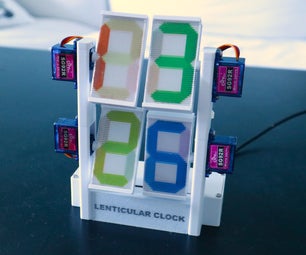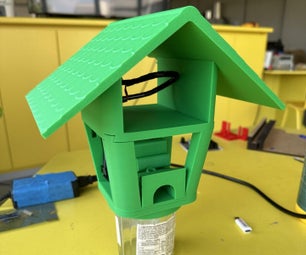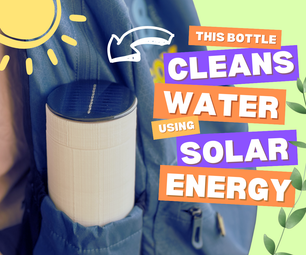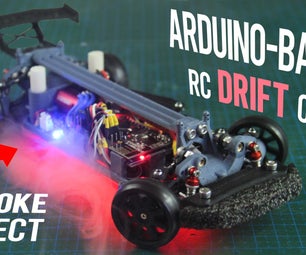Introduction: Morse Code With Capacitive Touch!
Hello! Today, I will show you how to make a capacitive touch morse code machine! Its pretty cool and fun for a basic arduino project. Its fairly easy and the learning about capacitive touch switches is a road that takes you to many places. Enjoy!
Step 1: Note: Operation
For those of you who don't know how to use a captive touch switch, here are some instructions for operation.
- Turn on your Arduino
- Upload the Code(step 4)
- It should be working, so if you touch the aluminum foil, you should hear a little beep from the speaker.
- Combine the beeps to make awesome morse code messages!
Step 2: Parts
For this instructable, you will need:
- Arduino Uno(1)
- Arduino IDE
- Breadboard(1)
- piezo speaker/element(1)
- jumper wires(several)
- aluminum foil square(1)
- Resistor(doesn't really matter which one, just sort of low)(1)
- A Great mind!!(2)
Step 3: Assembly
So the assembly is pretty simple. The awesome sauce file is a fritzing file so it may be easier to look at it than read and follow my instructions. OK, so the circuit assembly instructions go as follows:
- Connect one of the "ground" ports of the UNO to one of the power buses on the breadboard.
- Connect pin Digital pin 12 to one of the wire busses on your breadboard.
- Connect the positive wire of the speaker/piezo buzzer/element to pin 12's wire bus on the breadboard.
- Connect the negative lead of the speaker/piezo buzzer/element to the same power bus that you negatively charged back in step one.
- Now connect digital pin 2 to some wire bus on the breadboard.
- Connect digital pin 4 to a wire bus close to the one you connected digital pin 2 to.
- Bridge the two wires with a resistor, which means place one lead in the same bus as digital pin 2 is in and connect the other lead of the resistor to the same bus that digital pin 4 is in.
- Now connect one lead of one of the jumpers to the same bus that digital pin 2 is in and connect the other lead to a piece of metal foil.
Now you have finished the written instructions I put some pictures to aid in the process because I am not sure how clear the directions. Now comes programming, which is in the next step.
Attachments
Step 4: Programming
So, programming is pretty simple. You have to access the capacitive touch library ad then use some functions and then blah blah Boom! You have a capacitive touch morse code thingymahoozit! The code is below.
#include
capSensor = CapacitiveSensor(4,2);
int threshold=1000;
const int ledPin=12;
void setup() {
Serial.begin(9600);
pinMode(ledPin, OUTPUT); }
void loop() {
long sensorValue = capSensor.capacitiveSensor(30);
Serial.println(sensorValue);
if(sensorValue > threshold) {
digitalWrite(ledPin, HIGH); }
else { digitalWrite(ledPin, LOW); }
delay(10); }
The program can be found easily in examples under starter kit and #13. It is meant for an LED, but it works for a speaker too. Now for mods!
Note: The image does not show the code!!!!!
Step 5: Mods Galore!
This creation is very moddable! You can use a variety of speaker elements and piezo elements. You could add a potentiometer to adjust volume or add LEDs to create a light show. You can modify the code and add certain notes for the speaker to play if you include the note library. You can modify it easily and create a whole range of cool creations. If you build something really cool, post a pic in the comment spot below. Have fun!-DerpyCyclops

Participated in the
DIY Audio and Music Contest












